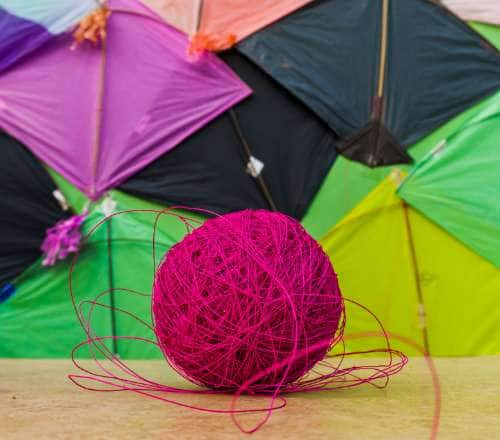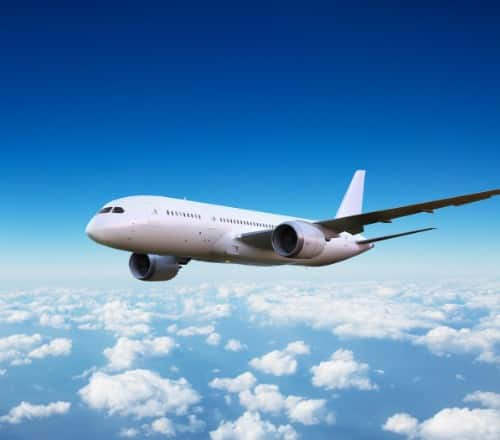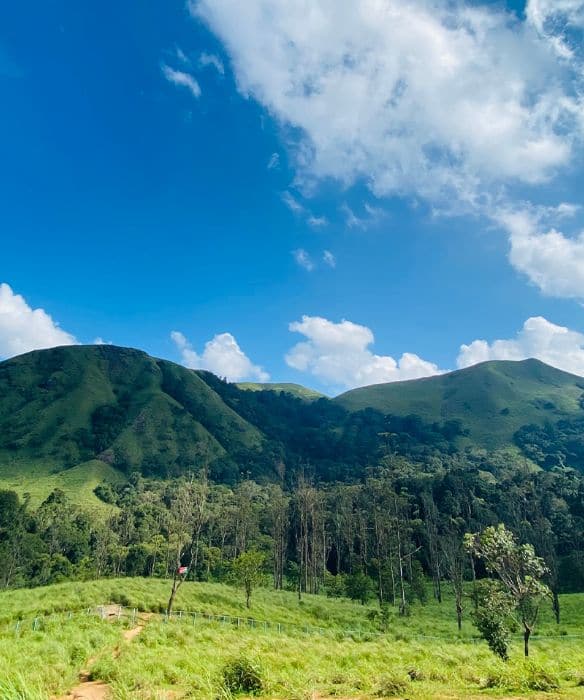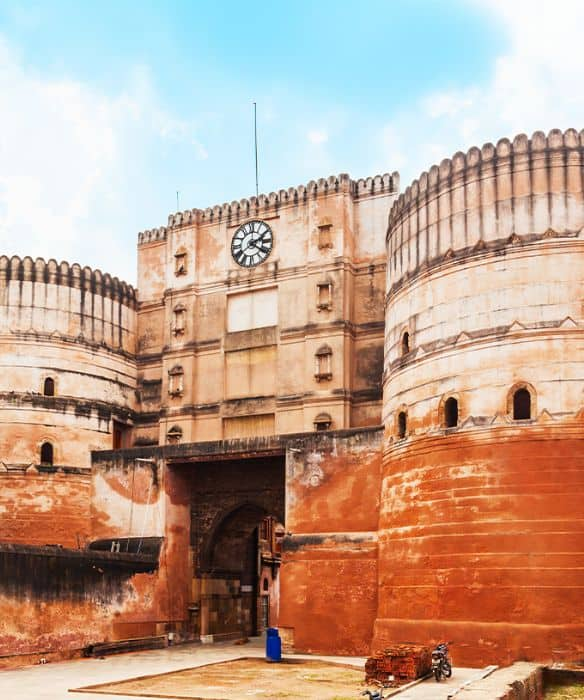Stay logged in to proceed with bookings, orders and offers.
On changing the terminal, you will loose items in your cart. Are you sure you want to change your terminal?
When visiting Shimla, leave your car at home and rely on the railways to get you around. It may take a little longer, but it is much better for your eyes and lungs
I first visited Shimla in 1994 with a group of trekking friends who wanted to get a sense of the idyllic tourist destination, also known as a honeymooners' paradise. We returned shortly after the second wave of COVID, when domestic tourist traffic was opened, to refresh our memories. Despite our family members' advice and threats, we boarded the 'Himalayan Queen' from Delhi.
Back in 1994, the express train from Delhi used to drop its motley mix of passengers in Kalka. From Kalka, we were to board the toy train – which looked like a 'matchbox' train –to Shimla. After a 96-km-long uphill journey, we were supposed to arrive in Shimla in just over five hours.
The 'matchbox' train lived up to its name. We were on a shoestring budget during our trip in 1994 and couldn't have asked for more luxury. The discomfort of sitting in bogies with wooden slats for seats was tolerated without complaint. The journey was peaceful, even if slow, and we arrived in Shimla to find a thick, unseasonable fog.
My first visit to Shimla's Mall was a thrilling experience. The place was packed with locals, mostly kids having fun, and brightly lit shops selling a variety of goods and gastronomical delights. I'll never forget the delectable paan I had after dinner that night.
The next day, we drove down to Sangla and Sarahan, both of which are breathtakingly beautiful. Driving to Sangla late in the afternoon was a beautiful experience, and eating apples – red as rose, sweet as honey – plucked from trees on the roadside was exciting.
I have visited Shimla several times over the years and found it to have changed quite a bit. The city is changing dramatically. The once-quaint and peaceful holiday town has grown in leaps and bounds. It now has concrete forests three floors above ground and three below the ground level.
The iconic 'Himalayan Queen' train has maintained its punctuality. The toy train has been transformed into a spacious, sophisticated replica of India's larger trains. What more can one ask for than generously sized windows, well-cushioned seats, and a spotlessly clean restroom? All of these amenities now allow you to enjoy the journey more.
The train slowly winds its way up through beautiful scenery. In 1903, the first train to Shimla was launched. It was not an easy task to connect Kalka (2,000 ft) and Shimla (7,000 ft). Civil engineers back then took great care not to disturb the surrounding environment. Their skill is mentioned in the Guinness Book of Rail Facts and Feats, where their work is lauded as one of India's greatest narrow gauge engineering feats.
The route includes 103 tunnels. From 1900 to 1903, these tunnels were built all along the route within a record time of three years. There are still 102 of them in use today. Crossing the largest tunnel, at Barog, takes about three minutes. A little distance away from Barog Railway Station lies the grave of the British railway engineer, Colonel Barog.
This was one of the most heavily surveyed projects of the time. A correspondent for the Delhi Gazette sketched the project in 1847. The project was revived in 1885 because the British wanted a rail line to Shimla during the summer, and a report was issued in 1887. In 1895, a new survey was conducted, which finally got things moving, and construction began in 1901. The line was finally opened to the public on 9th November 1903.
There are 969 bridges that carry the track over ravines or between hill spurs. Surprisingly, there are no girder bridges (except for one at Dharampur). Multi-arched galleries, which are similar to ancient aqueducts, have been used to carry the tracks over difficult terrain that would otherwise be impossible to traverse. Aside from that, the trains wind through 900 distinct curves and stop at 18 stations, all of which have crossing facilities for the single-track system. It has been designated a UNESCO World Heritage Site due to its historical significance, engineering marvels, and breathtaking views.
While the majority of the stations along the route are in scenic locations, the one at Baorg is the most beautiful. The old and colourful wooden complex, complete with standard and deluxe retiring rooms, looks straight out of a fairy tale!
After five and a half hours of driving, we arrived in Shimla. We checked into the station's retiring quarters. The rooms were spacious and comfortable if a little musty. I was surprised that such large and airy rooms, with modern amenities and at such a low price, seemed to have no occupants.
Although we were in Shimla, we did not go to the Mall like the others but instead checked out the trains. Since petrol was in short supply during World War II, diesel engines were introduced. Small four-wheeled carriages were used at first, with eight-wheelers being introduced in 1910. There were four classes of travel back then: first, second, inter, and fourth. In 1932, a carriage with reclining seats was offered.
With the introduction of Shivalik Queen, a fully air-conditioned coach with a comfortable seating arrangement, in December 1998, luxury has taken on a new hue. This service offers a special coupe ideal for honeymooning couples. This service provides a special coupe that is ideal for honeymooners. It is tastefully decorated to make the journey itself a memorable experience for the newlyweds.
The ‘Shivalik Palace’, which is the crown jewel of the railways, is a coach that can accommodate a party of six. The spacious car is a dream, with plush wall-to-wall carpeting, folding beds, and dining facilities with exclusive crockery and personal refrigerators. There is also piped music and ultra-modern bath fittings. Onboard catering as well as complimentary accommodation in two luxurious retiring rooms in Shimla for one day with meals included is a fantastic bargain for the tariff!
Similarly, the 'Shivalik Deluxe Special' provides similar experiences. The downhill time of 4.75 hours with only one stop at Barog is appealing. Besides these, the narrow-gauge Rail Motorcar #1 has been revamped – it offers a viewing roof and luxury fit for royalty.
After witnessing the uniqueness of the Kalka-Shimla trains, I paused to consider modern-day train travel. You may feel as if you are wasting time, but that is only if you don't consider the benefits of having time to enjoy the scenery and time to reflect on your life and realise that, after all, you are on vacation. Trains also rank high on the non-polluting travel scale. Now consider all of the passengers on a train driving up to Shimla in separate vehicles. Instead of driving through low-flying clouds, we'd be driving through corrosive smog and lungs blackened by vehicle exhaust!
Beyond the railway station, the glory of yesteryear seemed to have faded. The Mall now resembles crowded shopping malls in major cities. There are fewer trees around while, ironically, Shimla's traditional timber market, Lakkad Bazar, has enough wood stockpiled to burn the entire hill station down in a day.
We discovered a dhaba near Shimla's main bus terminal that served the most delicious paranthas. I can't count how many paranthas I ate while reading the newspaper each morning. The paranthas were always served hot and dripping with butter.
A large pine tree near the station was being nibbled on by a flock of parakeets. They removed the seeds from the pine cones and released the crisp needles that rained down on passersby. Each branch of these fragrant trees was adorned with reddish-orange baby cones. I saw many red-tiled roofs dusted with a bright yellow layer of pollen from the thriving pine trees.
I hoped that each pollen grain would sprout a new tree, creating a forest of pine trees so dense that even the entire human race would be unable to hack them down for the world's Lakkad Bazars. I left on wishful thinking, as I had a train to catch to return to Kalka.





The Adani One expressly disclaims all liability, direct and indirect, in respect to actions taken or not taken based on any or all the contents of this Blog. The Blog is an opinion of the contributor based on the collation of data from various sources and is provided only for information purpose. Adani One does not canvass, advertise, solicit, invite or induct for any product, merchandise, information, brand or any other materials mentioned in the Blog, nor does it obtain any monetary benefit from the same. Reader is advised to read and apply his/her intellect and discretion in this regard. Any Intellectual Property mentioned in this blog belongs to the rightful owner. We do not intent to claim any interest over the same.